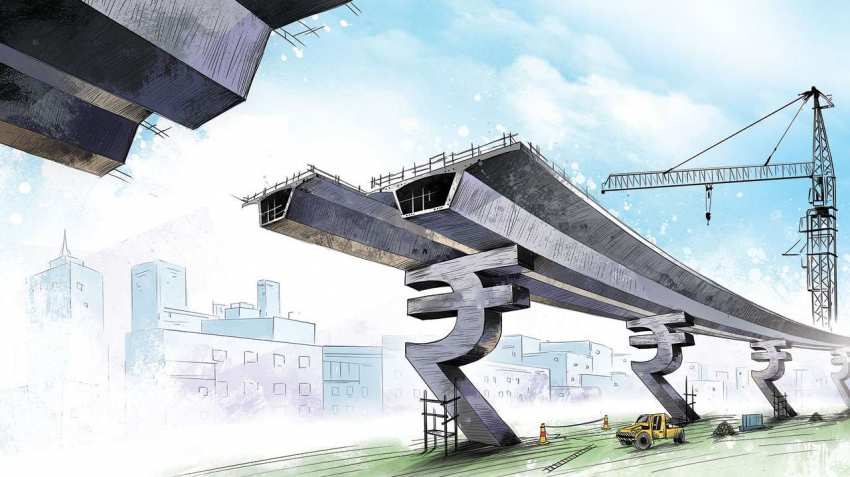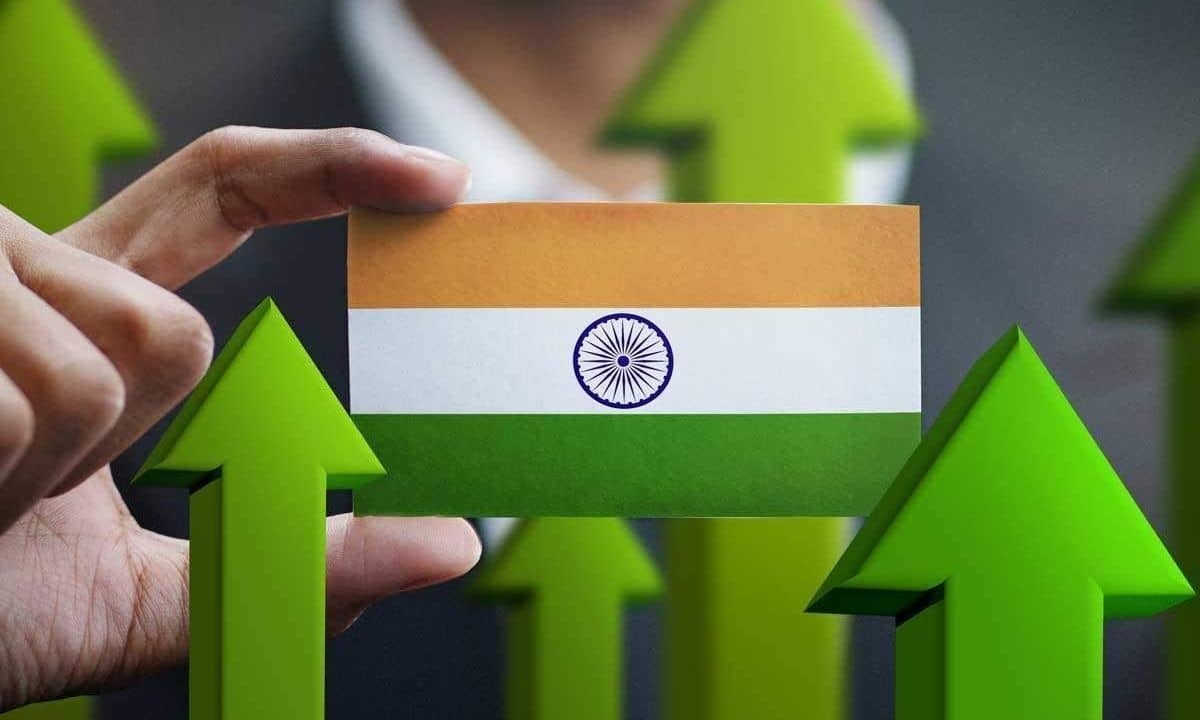In recent decades, India has emerged as one of the fastest-growing economies in the world. With a rich cultural heritage and a vast population, India’s growth story is characterized by a combination of factors such as economic reforms, technological advancements, and a skilled workforce. This article explores India’s journey of growth, highlighting its achievements, challenges, and future prospects.
- Economic Reforms and Liberalization:
In 1991, India initiated a series of economic reforms and liberalization measures that aimed to dismantle the license raj system and open up the economy to global competition. These reforms focused on reducing government intervention, encouraging foreign direct investment, and fostering entrepreneurship. As a result, India witnessed a significant boost in economic growth, leading to the emergence of key sectors like information technology, services, and manufacturing.

- Demographic Dividend and Human Capital:
India’s demographic dividend, characterized by a large young population, has played a crucial role in its growth trajectory. With a median age of around 29 years, India has a vast workforce that has contributed to its economic progress. Moreover, the emphasis on education and skill development has helped create a pool of highly skilled professionals, particularly in the fields of technology, engineering, and finance.

- Technological Advancements and Digital Transformation:
India’s growth has been further accelerated by rapid technological advancements and the digital revolution. The country has witnessed a remarkable surge in internet penetration, mobile connectivity, and the adoption of digital services. Initiatives like Digital India and Make in India have promoted the development of digital infrastructure, e-governance, and innovation-driven entrepreneurship. This digital transformation has not only boosted economic growth but has also improved access to essential services, financial inclusion, and e-commerce.

- Infrastructure Development:
India recognizes the significance of robust infrastructure for sustainable growth. Investments in sectors like transportation, energy, telecommunications, and urban development have led to the creation of modern airports, highways, power plants, and smart cities. These infrastructural developments have not only enhanced connectivity within the country but have also attracted investments, improved logistics, and boosted trade.

- Challenges and Future Prospects:
While India’s growth story is commendable, several challenges need to be addressed to ensure its sustained progress. Income inequality, inadequate healthcare infrastructure, and regional disparities remain areas of concern. Furthermore, environmental sustainability, climate change, and inclusive growth are critical challenges that demand attention. India needs to focus on skill development, research and development, and promoting innovation to move up the value chain and create high-value jobs.

Looking ahead, India’s growth prospects remain promising. The government’s emphasis on initiatives like Atmanirbhar Bharat (Self-reliant India) aims to promote domestic manufacturing, export competitiveness, and job creation. The country’s strong entrepreneurial ecosystem, vibrant startup culture, and potential for disruptive technologies create a conducive environment for innovation and economic diversification. Moreover, India’s strategic geopolitical position and increasing diplomatic engagement provide opportunities for trade partnerships and foreign investments.
Conclusion:
India’s growth story is a testament to its resilience, adaptability, and determination to overcome challenges. The country has made significant strides in various sectors, raising living standards, and creating economic opportunities for millions. By leveraging its demographic dividend, investing in human capital, embracing technology, and addressing key challenges, India has the potential to continue its impressive growth trajectory. With a strategic vision and inclusive policies, India can aspire to be a global economic powerhouse while ensuring sustainable and equitable development for all its citizens.



